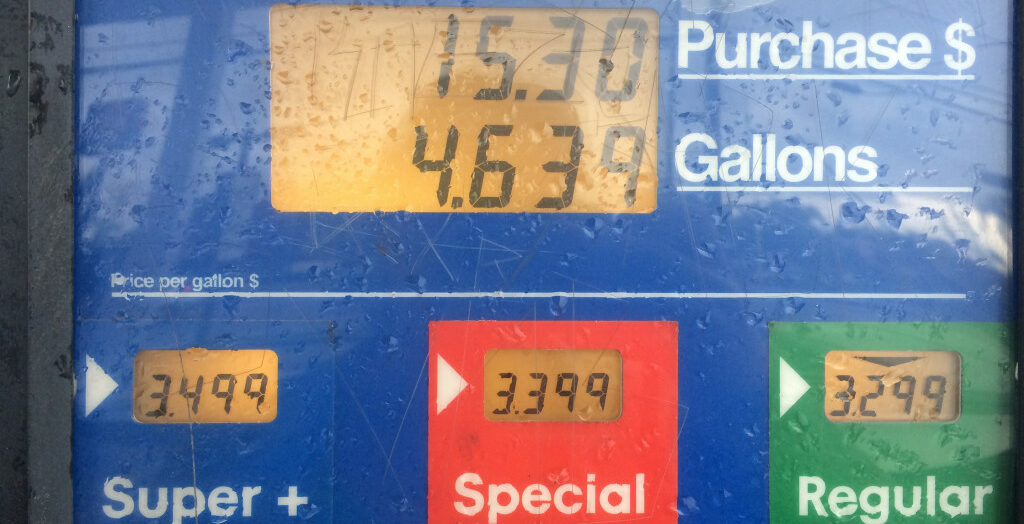If you’re a business owner or entrepreneur in the transportation industry, you’ve likely noticed your fuel costs rising. Gas prices have nearly reached $4 this year , and it’s expected to grow in the coming years. But why? Let’s look at the various factors contributing to higher fuel prices and examine what can be done to keep your business running smoothly while spending less on fuel.
The Role of Demand & Supply
One of the most influential factors in fuel costs is the relationship between supply and demand . This refers to how much oil there is available globally compared to how much people are using. Oil prices will usually increase during periods when supply is low, such as during an economic downturn or an international conflict. On the other hand, if oil is abundant on the market, then prices may decrease due to competition among suppliers.
The Effect of Geopolitics
Geopolitical issues also have a significant impact on fuel costs. For example, if a country with large reserves of oil experiences political unrest or civil war, then it could reduce the amount of oil available on the global market, which would lead to higher prices for businesses and consumers alike. Additionally, if certain countries impose sanctions or embargoes on other countries with high oil production levels, this could disrupt supply and lead to increased costs for businesses trying to purchase fuel.
The Impact of Currency
Another factor that influences fuel costs is currency exchange rates. When one currency weakens against another—for example, if US dollars weaken against Euros—it becomes more expensive for US businesses and individuals purchasing goods from overseas companies that accept Euro payments as their primary form of currency. As a result, companies may have to pay higher prices for goods like imported fuels which would, in turn, lead to increased expenses for their operations. As we can see, several complex factors contribute to rising fuel costs for businesses and entrepreneurs. However, by understanding these factors and taking proactive steps, your business can avoid these problems. If you don’t know how to deal with it, consider following these tips.

Tune Up Regularly
Make sure each vehicle gets a regular tune-up every few months; this allows mechanics to inspect various engine components and make adjustments as needed for improved performance and greater efficiency, which translates into lower fuel costs over time!
Educate Drivers
Ensure all drivers know about proper driving techniques, such as avoiding sudden acceleration or braking too hard, which can reduce the amount of fuel consumed during each trip significantly over time by up to 30%. Additionally, encourage drivers to observe posted speed limits on highways—driving at a steady pace helps improve gas mileage.
Transfer Fuel When You Can
Fuel waiting inside your vehicle takes a toll on both cost and efficiency. For example, if you need to make deliveries with your trucks, transfer fuel between them as required when empty trucks return so that vehicles are always full of clean fuel. This reduces the time spent idling at each stop and can improve overall mileage. However, ensure that you invest money in a robust fuel transfer pump before you start transferring fuel. A pump can help you save money and time when transferring fuel between your vehicles.
Choose Your Vehicle Carefully
The type of vehicle you choose will significantly impact how much you spend on fuel. Be sure to compare the available options before considering both short-term and long-term costs when selecting a vehicle. For instance, while diesel vehicles may offer better mileage in the short term, they usually require more maintenance over time which could increase their long-term cost.
Monitor Your Speed
Driving at higher speeds can drastically reduce your vehicle’s fuel efficiency. This is especially true for heavy vehicles such as trucks and buses. To get the most out of each gas tank, limit your speed whenever possible and avoid sudden or decelerations, as these can also reduce fuel efficiency.
Buy in Bulk
Buying fuel in bulk is usually more cost-effective than paying for smaller tanks at the pump. If possible, try to find a supplier that offers discounts to businesses that purchase large quantities of fuel. Additionally, those with access to off-road facilities may want to consider installing their onsite fuel storage tanks and refueling machines to avoid trips to the gas station altogether and save time.
Monitor Traffic Conditions
Finally, if you can take alternative routes to avoid heavy traffic or constant stop-and-go conditions on major highways, then do so. This can help reduce mileage and fuel costs by up to 30% daily, ultimately amounting to significant savings over time.
As you can see, there are many things you can do to reduce fuel costs for your business in the long run. However, focusing on these tips and investing money wisely when necessary can help your business save time and money by reducing its overall environmental impact.






